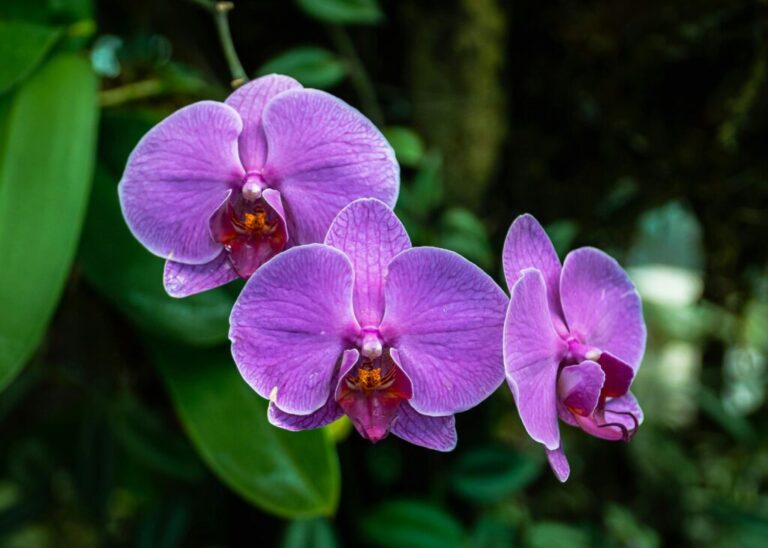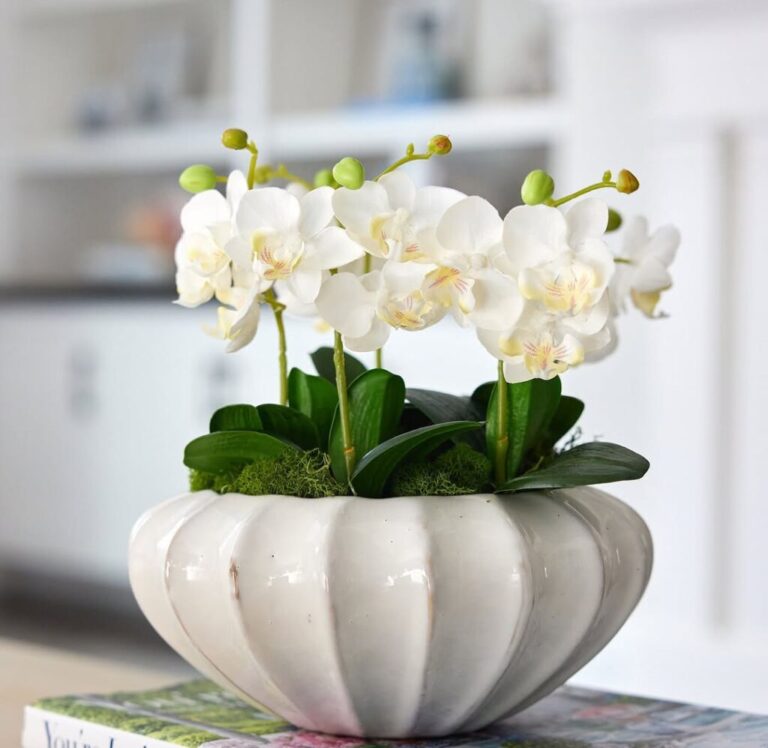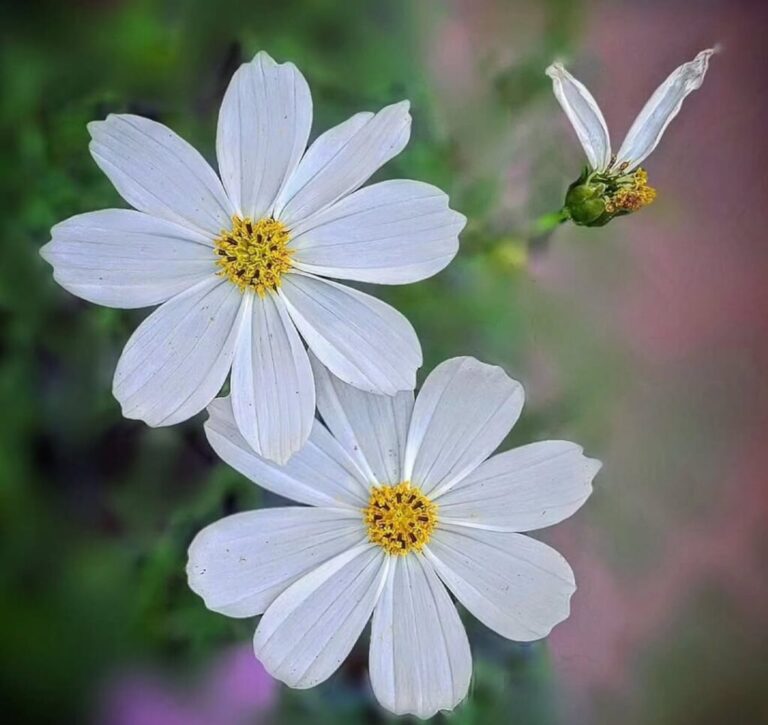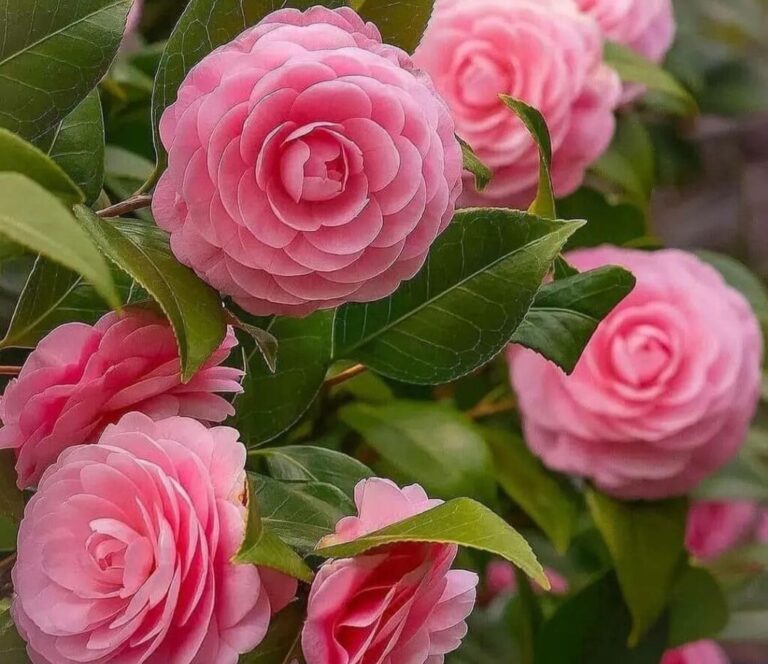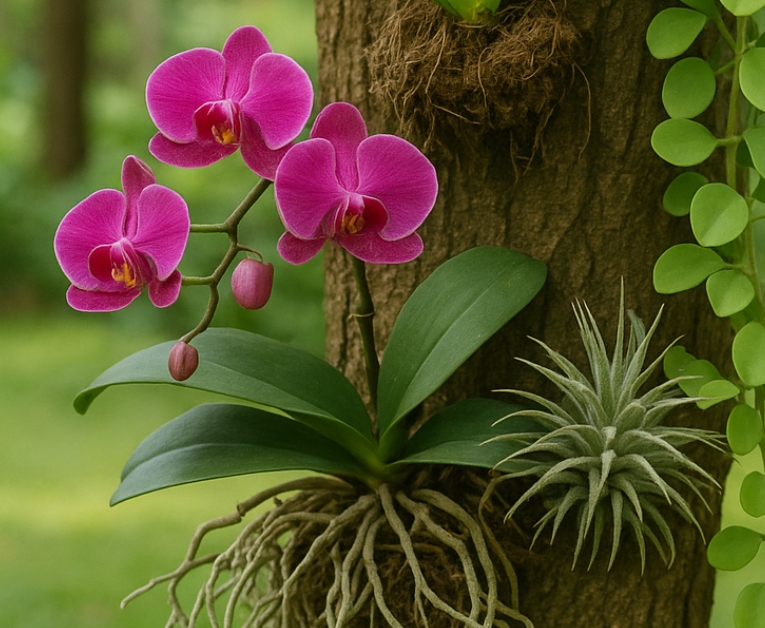- 1 Don’t Overwater:
- 2 Don’t Underestimate Light Needs:
- 3 Don’t Use Regular Potting Soil:
- 4 Don’t Ignore Humidity Levels:
- 5 Don’t Neglect Air Circulation:
- 6 Don’t Skip Fertilizing:
- 7 Don’t Repot Too Often:
- 8 Don’t Forget to Label Your Orchids:
- 9 Don’t Use Ice Cubes for Watering:
- 10 Don’t Allow Water to Collect in Leaf Joints:
- 11 Don’t Overcrowd Orchids:
- 12 Don’t Overlook Pests:
- 13 Don’t Ignore Temperature Variations:
- 14 Don’t Prune Healthy Roots:
- 15 Don’t Move Orchids Abruptly
- 16 Don’t Use Hard Water:
- 17 Don’t Assume All Orchids Have the Same Care Requirements:
- 18 Don’t Neglect Rest Periods:
- 19 Don’t Skip Regular Inspections:
- 20 Don’t Use Closed Terrariums:
- 21 Don’t Rush to Repot Newly Acquired Orchids:
- 22 Don’t Give Up Too Soon:
- 23 FAQ
Best Top 22 DON’Ts when Growing Orchids – tips for orchid beginners
Orchids, with their delicate blooms and intricate care requirements, captivate the hearts of many plant enthusiasts. While growing orchids can be a rewarding experience, it’s crucial for beginners to be aware of common pitfalls. Here are 22 essential DON’Ts to guide orchid novices on their journey to becoming successful orchid caretakers
Don’t Overwater:
Overwatering is a common pitfall for orchid enthusiasts. Orchids, being epiphytes, thrive in environments with good drainage. Waterlogged roots can lead to root rot, a serious threat to orchid health. Allow the top layer of the potting mix to dry out before watering again, ensuring a careful balance for optimal growth.

Don’t Underestimate Light Needs:
Orchids have specific light requirements crucial for their growth. Underestimating these needs can hinder their development. Ensure your orchids receive the right amount of light—avoid overly dark or excessively bright locations. Finding the sweet spot will contribute to robust foliage and vibrant blooms.
Don’t Use Regular Potting Soil:
Using regular potting soil is a common mistake when caring for orchids. Unlike typical plants, orchids require a specialized orchid mix. Standard soil tends to retain too much moisture, leading to potential root rot. Opt for an orchid-specific potting mix to provide the well-draining conditions essential for orchid health.
Don’t Ignore Humidity Levels:
Humidity is a key factor in orchid care that should not be overlooked. Orchids, originating from humid environments, thrive when humidity levels are adequate. Consider using a humidity tray or a humidifier to maintain the moisture levels essential for optimal orchid growth. Ignoring humidity can lead to issues like dehydration and hindered blooming.
Don’t Neglect Air Circulation:
Neglecting air circulation is a common oversight in orchid care. Orchids benefit from good ventilation to prevent issues like fungal and bacterial infections. Ensure that your orchids are placed in areas with proper air circulation to maintain a healthy and disease-resistant environment for these delicate plants.
Don’t Skip Fertilizing:
Fertilizing is a crucial aspect of orchid care that should not be skipped. Orchids need nutrients for healthy growth and blooming. Use a balanced orchid fertilizer regularly, following recommended dosage instructions. Skipping fertilization can result in nutrient deficiencies, impacting the overall health and vitality of your orchids.
Don’t Repot Too Often:
Orchids prefer stability, so resist the urge to repot too frequently. Only repot when necessary, such as when the potting medium breaks down or the plant outgrows its container. Orchids thrive when provided with a stable environment, and unnecessary repotting can cause stress to the plant.
Don’t Forget to Label Your Orchids:
Keeping track of your orchids is vital for proper care. Don’t forget to label each orchid with its variety and care specifics. This simple step prevents confusion, especially if you have multiple orchids with different requirements. Labeling contributes to a well-organized and successful orchid care routine.
Don’t Use Ice Cubes for Watering:
Contrary to a popular myth, avoid using ice cubes for watering orchids. Orchids are not suited to extremely cold water. Instead, use lukewarm water when watering your orchids to prevent shocking their sensitive root systems. Consistent care with the right water temperature contributes to the overall health of your orchids.
Don’t Allow Water to Collect in Leaf Joints:
Prevent water from collecting in the leaf joints of your orchids. Stagnant water in these areas can lead to crown rot and other issues. Ensure proper drainage during watering, allowing excess water to escape and minimizing the risk of water accumulation in the leaf joints. This simple precaution helps maintain the health of your orchids.
Don’t Overcrowd Orchids:
Give your orchids room to breathe by avoiding overcrowding. Providing each orchid with ample space promotes better air circulation and reduces the risk of diseases. A well-spaced arrangement not only enhances the visual appeal of your orchid display but also contributes to the overall health and vigor of each plant.
Don’t Overlook Pests:
Regularly inspect your orchids for pests such as scale, mealybugs, or aphids. Overlooking pests can lead to severe damage and hinder the overall health of your orchids. Early detection allows for effective pest control measures, preserving the beauty of your orchid collection. Remain watchful and take swift action to deal with any infestation indicators.
Don’t Ignore Temperature Variations:
Orchids often have specific temperature preferences, and ignoring these variations can impact their well-being. Understand the temperature range suitable for your orchid species. Sudden fluctuations or extremes in temperature can stress the plants, affecting their growth and blooming. Providing stable and suitable temperatures contributes to the overall health and vitality of your orchids.
Don’t Prune Healthy Roots:
Resist the temptation to prune healthy roots of your orchids. During repotting, focus on trimming only dead or rotting roots. Healthy roots contribute to the plant’s vitality by absorbing nutrients and water. Pruning unnecessarily can hinder the orchid’s ability to thrive and may lead to setbacks in its overall health.
Don’t Move Orchids Abruptly
Orchids don’t appreciate sudden changes in their environment. Avoid moving them abruptly from one location to another. Gradually acclimate your orchids to new conditions to prevent stress and shock. Slow transitions provide the plants with the opportunity to adjust, ensuring their continued health and well-being.
Don’t Use Hard Water:
Orchids are sensitive to mineral buildup, so avoid using hard water for watering. Instead, opt for rainwater, distilled water, or water treated to remove minerals. Using soft water helps prevent the accumulation of salts and minerals in the orchid’s growing medium, ensuring a healthier environment for your plants.
Don’t Assume All Orchids Have the Same Care Requirements:
Different orchid species have varied care requirements, so don’t assume a one-size-fits-all approach. Research and understand the specific needs of each orchid variety you own. Tailoring your care routine to the individual requirements of each orchid ensures optimal growth, blooming, and overall well-being for these diverse and fascinating plants.
Don’t Neglect Rest Periods:
Some orchids, such as Phalaenopsis, benefit from a short rest period after blooming. Adjust watering and fertilizing practices accordingly during these rest periods. Neglecting this aspect of their care may impact their ability to bloom in subsequent cycles. Understanding and respecting the rest periods contribute to the long-term health and flowering success of your orchids.
Don’t Skip Regular Inspections:
Regularly inspect your orchids for any signs of stress, disease, or pests. Timely detection and intervention are crucial for maintaining the health of your orchids. By staying vigilant and addressing issues promptly, you can prevent potential problems from escalating and ensure that your orchids continue to thrive and flourish.
Don’t Use Closed Terrariums:
Orchids require proper air circulation, so avoid enclosing them in closed terrariums. Closed environments can lead to excessive humidity and limited airflow, creating conditions unsuitable for orchid growth. Opt for open or well-ventilated displays to ensure your orchids receive the airflow they need to thrive.
Don’t Rush to Repot Newly Acquired Orchids:
Allow recently acquired orchids time to acclimate before considering repotting. Sudden changes can stress these plants, impacting their health. Give them a period of adjustment to their new environment before deciding on any repotting measures. Patience during this initial phase contributes to the overall well-being of your newly acquired orchids.
Don’t Give Up Too Soon:
Orchid care can be challenging, but persistence is key. Don’t give up too soon. Learn from any setbacks, adjust your approach, and enjoy the journey of cultivating these extraordinary plants. With time, patience, and a bit of experimentation, you can become a successful orchid enthusiast, reveling in the beauty and rewards of a thriving orchid collection
FAQ
Why are these the “Best” DON’Ts for growing orchids?
These tips are curated based on extensive research and experience to provide beginners with the most effective guidance in avoiding common mistakes while growing orchids.
How can following these DON’Ts benefit orchid beginners?
By understanding and adhering to these top 22 DON’Ts, beginners can prevent common pitfalls, ensuring healthier and more thriving orchids. These tips are designed to save time, effort, and resources.
Are these DON’Ts suitable for all types of orchids?
Yes, the provided DON’Ts are applicable across various orchid species. However, it’s always advisable to consider specific care requirements for the particular type of orchid you are cultivating
What happens if I ignore these DON’Ts?
Ignoring these DON’Ts may lead to suboptimal growth, potential diseases, or even orchid failure. Following these guidelines will significantly increase the likelihood of success for orchid enthusiasts, especially those just starting


